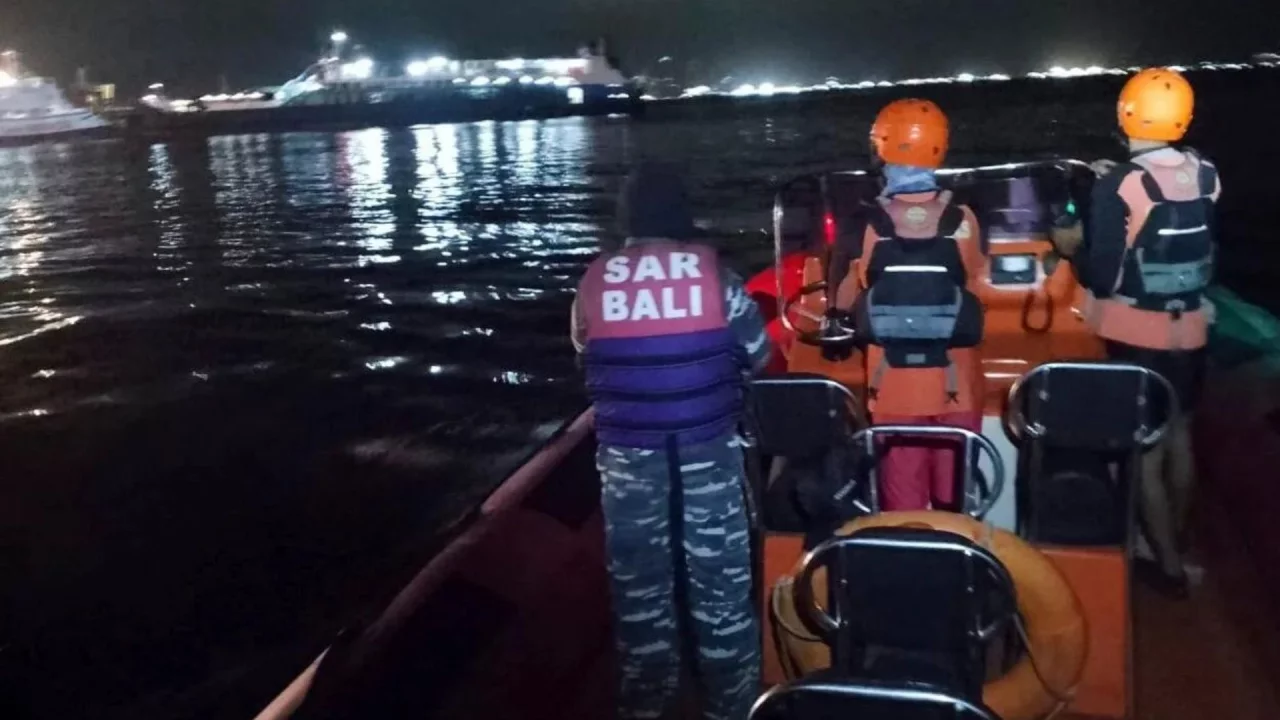
Late last night the ferry accident that occurred near Indonesia’s famous Bali Island shook the country. The vessel known as “KMP Gerbang Samudra”, which had departed from Java’s Banyuwangi port toward Bali, encountered a serious technical problem in the first quarter of the route. The unexpected malfunction in the engine instantly took the ferry out of control, and the ship, having lost balance in the wavy sea, began to sink in a short time. On board the transport vessel, which carried 53 passengers and 12 crew members, there were also local residents and tourists engaged in domestic tourism.
Rescue services report that the dark night, rainy weather, and fierce wind made the work much harder. Nevertheless, 23 people were rescued with self‑sacrifice. Because of foggy weather it is difficult to locate those who sank, and the search operations are still continuing. Unfortunately, the bodies of four passengers have already been found, and dozens more are considered missing.
Ferries play a key role in transporting cars, trucks, and people across the Indonesian archipelago. Yet a large part of the fleet still relies on iron structures built in the 1990s. Regular technical inspections are not always carried out adequately, and crew qualification is sometimes limited to a paper certificate, specialists admit. Officials emphasize that this tragedy is not an accident, but the result of a systemic problem.
According to reports, during the disaster the ship’s captain informed the dispatcher that pressure in the turbines was dropping. Only 25 minutes after this signal the ferry sank beneath the water. It is also assumed that the heavy trucks on board seriously affected the ferry’s stability. For a precise technical conclusion, the ship’s remains are currently being examined by underwater engineers.
The incident has sparked heated discussions on social networks as well. Bloggers sharply criticize the permit system at the port and, under the hashtag “Every ticket is a guarantee of life,” demand stronger control. The Ministry of Transport announced that it will allocate financial aid to the victims, conduct a full audit of the ferry fleet, and launch a retraining program for crews.
Each year Bali–Java ferry routes are a convenient way for tens of thousands of people. Yet every convenience once again proved that a danger is hidden behind it. The planned audits, updated safety standards, and qualified crew preparation are aimed at preventing such tragedies. Safety on waterways requires constant attention and a modern approach.
Every passenger planning to travel by ferry in the future should make it a habit to check in advance, through official sources, the weather conditions, the technical state of the vessel, and insurance guarantees. While search‑and‑rescue operations continue, rescuers stress that every minute is valuable. They do not stop searching amid the waves in the hope of finding survivors.
Read “Zamin” on Telegram!
Ctrl
Enter
Found a mistake?
Select the phrase and press Ctrl+Enter Related news
Information
Users of Меҳмон are not allowed to comment this publication.
Users of Меҳмон are not allowed to comment this publication.













